
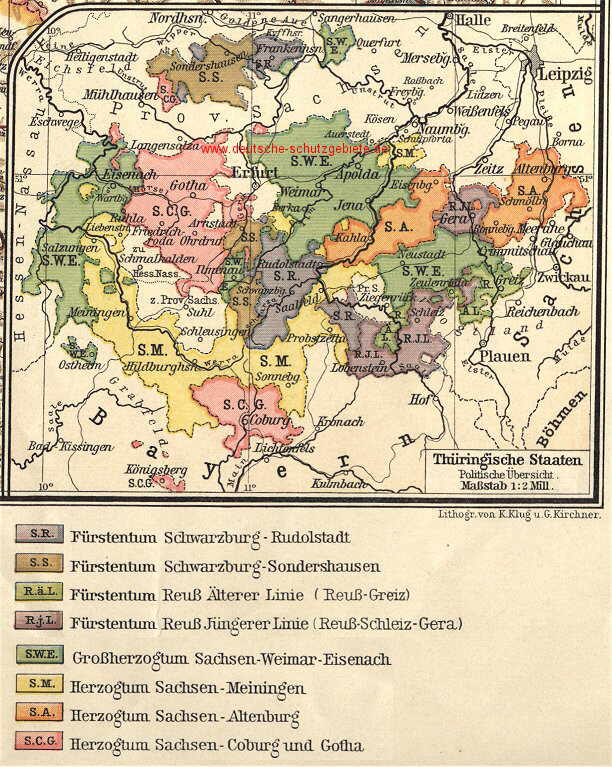
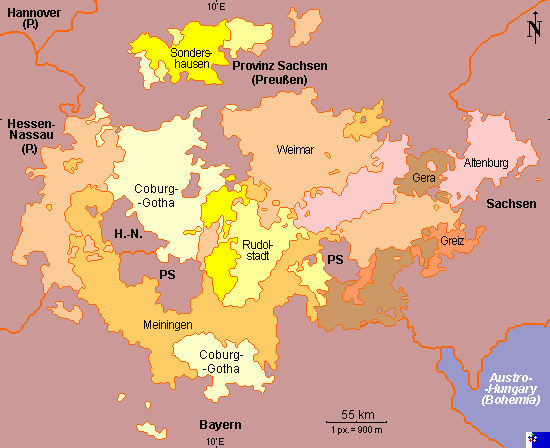


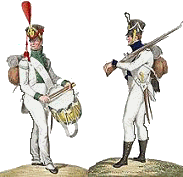

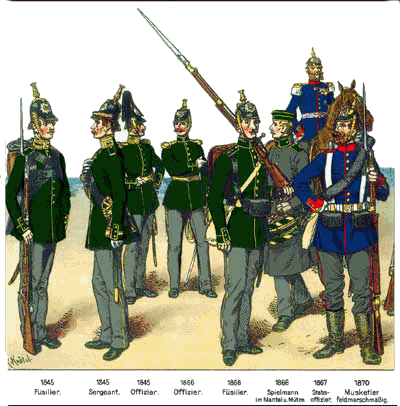


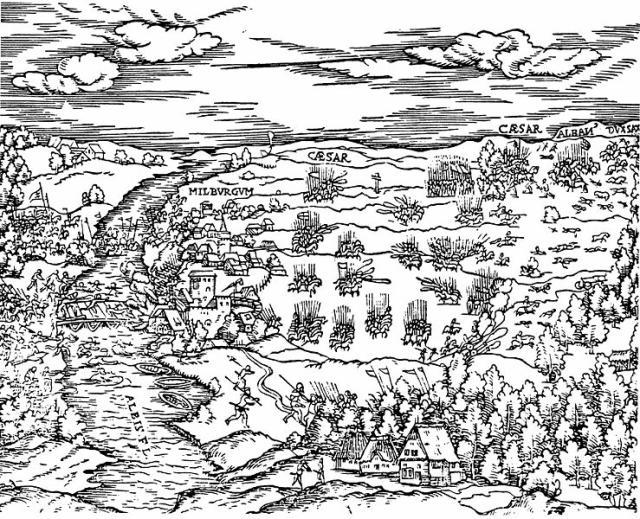
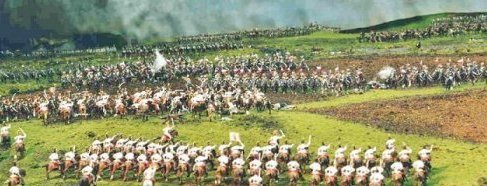

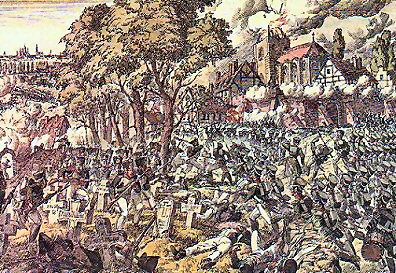
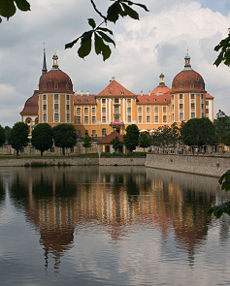



Some battles_involving_Saxony:  F Battle of Fraustadt G Battle of Gefrees H Battle of Hohenfriedberg K Battle of Kesselsdorf Battle of Kliszów L First Battle of Langensalza Battle of Leipzig Raid at Altenburg N Battle of Nördlingen (1634) P Battle of Poznañ (1704) Battle of Pu³tusk (1703) S Battle of Sievershausen Battle of Soor W Battle of Wagram Battle of Welfesholz Battle of Wittstock
F Battle of Fraustadt G Battle of Gefrees H Battle of Hohenfriedberg K Battle of Kesselsdorf Battle of Kliszów L First Battle of Langensalza Battle of Leipzig Raid at Altenburg N Battle of Nördlingen (1634) P Battle of Poznañ (1704) Battle of Pu³tusk (1703) S Battle of Sievershausen Battle of Soor W Battle of Wagram Battle of Welfesholz Battle of Wittstock
Battle of Chemnitz 1639:  On 12 April, the corps of Swedish General Baner had united with General Torstensson near Zeitz. On the 13th, the Swedes marched in the direction of Chemnitz against the nearest Imperial / Saxon army, under Generals Montecuculi and Mazarin, before Count Hatzfeld, who was in Thuringia, could unite with them. Baner arrived at a place named Hohenstein, just as the rearguard of his opponents passed this place. The Imperial rearguard was thrown back on to the bulk of the army. But a spirited defence of a defile through marshes, by Imperial dragoons, permitted the rest of the army to be placed in a shaky battle array; the left wing resting on Chemnitz, while the right sheltered behind the river Chemnitz. The Swedes however had retained their impetus and without delay assaulted this new line with four regiments of horse. The Imperial infantry tried to seek refuge behind the city walls, and their line collapsed even before the Swedish main body had arrived. The Swedes made a large number of prisoners, among whose number was General Count Buchheim. They also captured the whole artillery and baggage of the Imperial and Saxon army.
On 12 April, the corps of Swedish General Baner had united with General Torstensson near Zeitz. On the 13th, the Swedes marched in the direction of Chemnitz against the nearest Imperial / Saxon army, under Generals Montecuculi and Mazarin, before Count Hatzfeld, who was in Thuringia, could unite with them. Baner arrived at a place named Hohenstein, just as the rearguard of his opponents passed this place. The Imperial rearguard was thrown back on to the bulk of the army. But a spirited defence of a defile through marshes, by Imperial dragoons, permitted the rest of the army to be placed in a shaky battle array; the left wing resting on Chemnitz, while the right sheltered behind the river Chemnitz. The Swedes however had retained their impetus and without delay assaulted this new line with four regiments of horse. The Imperial infantry tried to seek refuge behind the city walls, and their line collapsed even before the Swedish main body had arrived. The Swedes made a large number of prisoners, among whose number was General Count Buchheim. They also captured the whole artillery and baggage of the Imperial and Saxon army.

